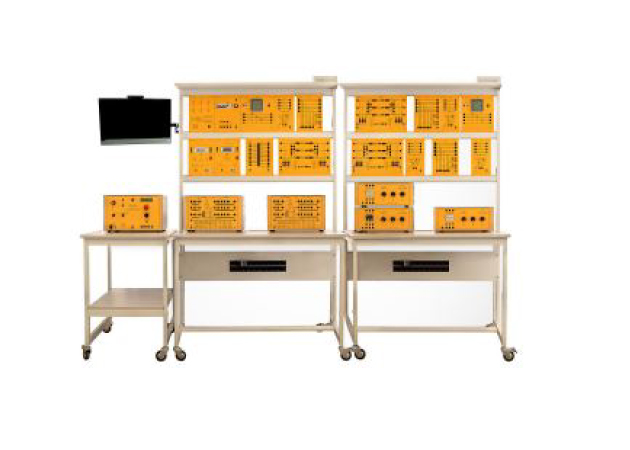TRANSMISSION LINES
EEE
transmission line carries high-voltage electricity from power generation plants to substations, designed specifically for long-distance power transfer. Essentially, it is a conductor or a set of conductors that guides electromagnetic waves. By transmitting power at high voltages, energy loss is minimized, enabling bulk power transfer—commonly at 132 kV, 220 kV, or even higher voltages.
Working Principle
Voltage Step-Up – Electricity generated at the power plant is stepped up to very high voltages (e.g., 132 kV, 220 kV, 400 kV) using step-up transformers.
Power Transmission – The high-voltage electricity is transmitted through transmission lines (mainly conductors) supported by tall towers or poles that keep them insulated from the ground.
Loss Reduction – The use of high voltage reduces current for the same amount of power transfer, which minimizes power losses in the line.
Delivery to Substations – Electricity is carried over long distances to substations through transmission lines.
Voltage Step-Down – At substations, step-down transformers reduce the voltage gradually to safe levels for local distribution, after which the electricity is supplied to end consumers.
Key Components
Conductors: Metallic wires that act as the medium for power transmission.
Insulators: Devices that prevent conductors from making contact with supporting structures, avoiding leakage to the ground.
Towers/Poles: Structures that support conductors and insulators, ensuring safe clearance and stability of the transmission line.
Tags: Transmission Lines are conductors used to carry high-voltage electric power from power plants to substations over long distances.


